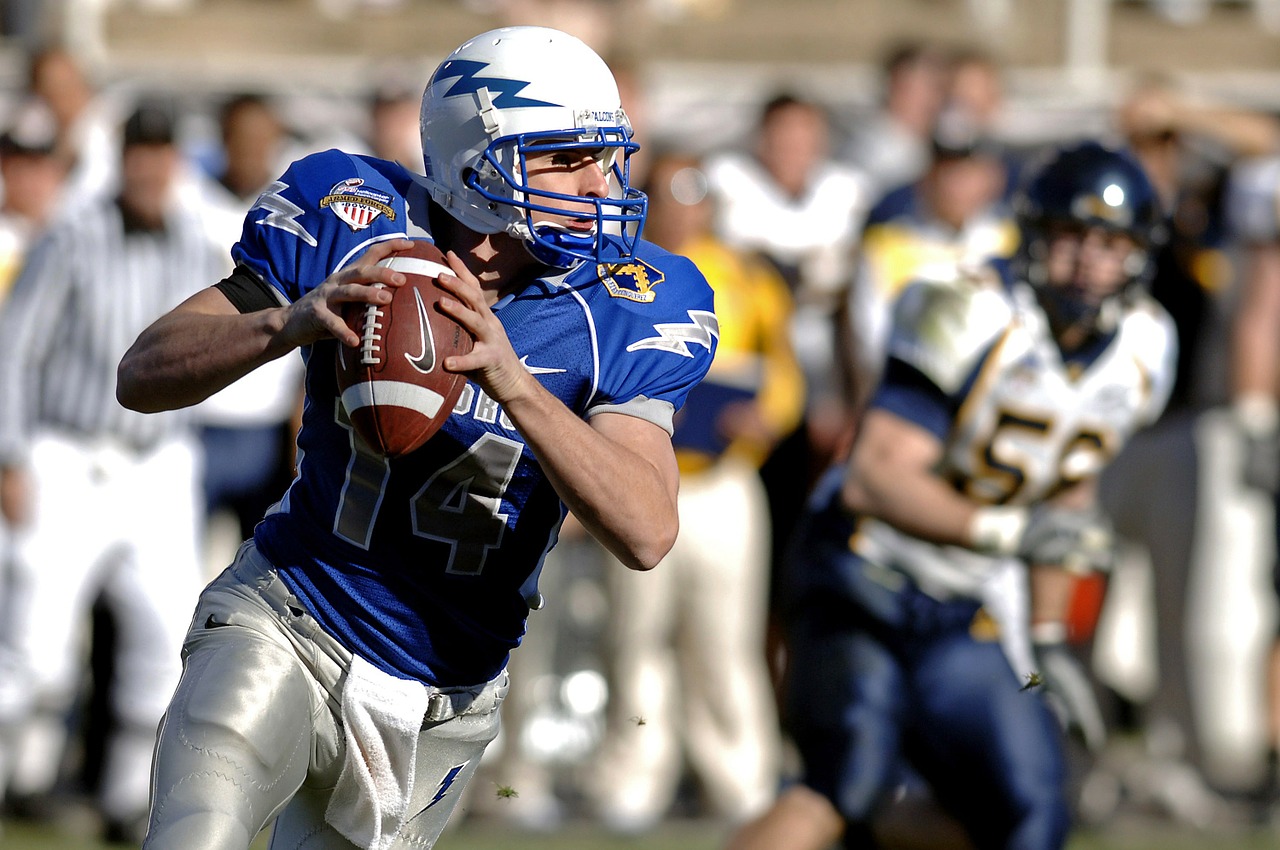The long term health risk presented by concussions in young athletes is a hot topic in high school sports. Most sports have enacted rules changes to insure that student athletes are promptly removed from play if they exhibit concussion-like symptoms, and not returned to participation until it is medically appropriate. With a new law, the Indiana Legislature has now gotten into the act, joining 42 other states that either have passed laws, or have pending legislation intended to reduce the incidence of traumatic brain injuries in sports participants.
Under Ind. Code § 20-34-7-1 et seq., by July 1, 2012 the Indiana Department of Education is required to disseminate guidelines, information sheets, and forms to each school corporation for distribution to inform and educate coaches, student athletes, and parents of student athletes on the nature and risk of concussion and head injury to student athletes, including the risks of continuing to play after concussion or head injury. Starting in 2012, each year, before beginning practice for an interscholastic or intramural sport, a high school student athlete and the student athlete’s parent:
- Must be given the information sheet and form and
- Must sign and return the form acknowledging the receipt of the information to the student athlete’s coach. The coach must maintain a file of the completed forms.
A high school student athlete who is suspected of sustaining a concussion or head injury in a practice or game shall be removed from play at the time of the injury; and may not return to play until the student athlete is evaluated by a licensed health care provider trained in the evaluation and management of concussions and head injuries and receives a written clearance to return to play from the health care provider who evaluated the student athlete.
The licensed health care provider who evaluates a student athlete may conduct the evaluation as a volunteer. A volunteer health care provider who in good faith and gratuitously authorizes a student athlete to return to play is not liable for civil damages resulting from an act or omission in the rendering of an evaluation, except for acts or omissions that constitute gross negligence or willful or wanton misconduct.
Clearly, the new law raises a number of questions. What constitutes the necessary training “in the evaluation and management of concussions and head injuries?” When should a student athlete be “suspected of sustaining a concussion or head injury?” Who is required to determine when a student athlete should be removed from play? Does liability attach to the school corporation if the student athlete is not promptly removed from play? Is the coach liable? What is the role of the game officials in determining when a student athlete should be removed from play? What type of licensure qualifies one to evaluate a student athlete and authorize his/her return to play? Does the authorization for return to play apply only to the contest in which the student athlete is injured, or does it carry over to the next contest? The next practice? Are there standards which govern when a student athlete may be returned to play?
The National Federation of State High School Associations publishes rules that govern athletic competitions in most states, including Indiana. Recent NF rules changes have addressed concussions very specifically. Currently, NF rules provide that
Any player who exhibits signs, symptoms or behaviors consistent with a concussion (such as loss of consciousness, headache, dizziness, confusion or balance problems) shall be immediately removed from the game and shall not return to play until cleared by an appropriate health-care professional.
The contrast between this playing rule and the new law are obvious. NF rules require clearance by “an appropriate health-care professional.” There is no mention of licensure, nor any requirement for formal training of the health-care professional. The NF rule is clearly “game specific,” while it is unclear whether the new law carries over from practice to game, game to game, or game to practice. Under the new law, “clearance” must be in writing, while the NF rule does not require any documentation. The NF rule identifies some “signs, symptoms or behaviors” consistent with concussions, while the new law merely applies when a student athlete is “suspected” of having suffered a concussion.
It is not difficult to envision multiple scenarios that could give rise to potential civil liability on the part of school corporations, coaching personnel and healthcare providers in the context of a sports concussion. Given the attention being focused on concussions in youth sports, it is inevitable that this will prove to be a hotbed of litigation in the years to come.
